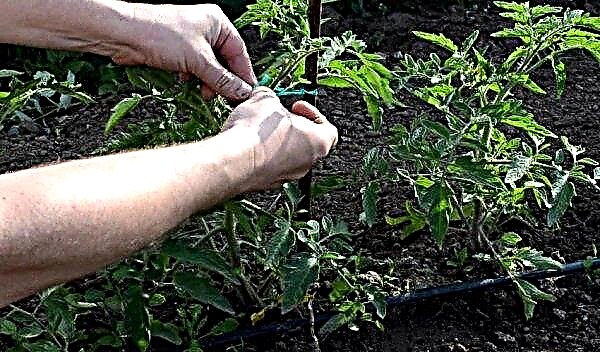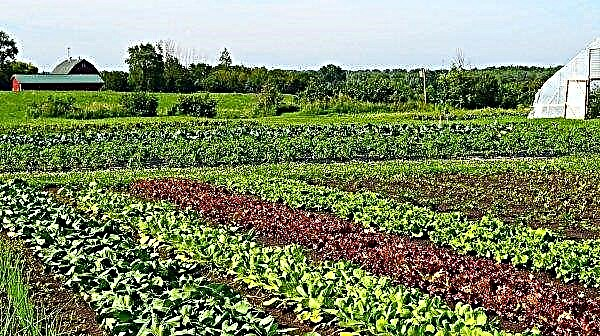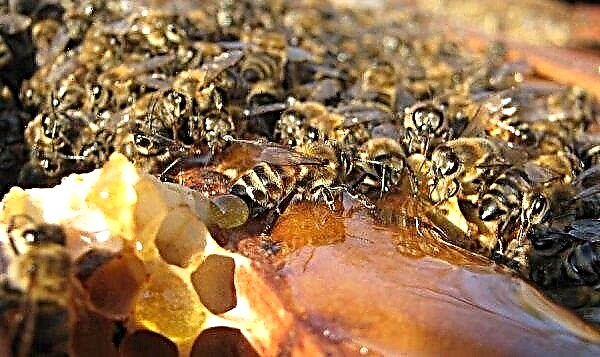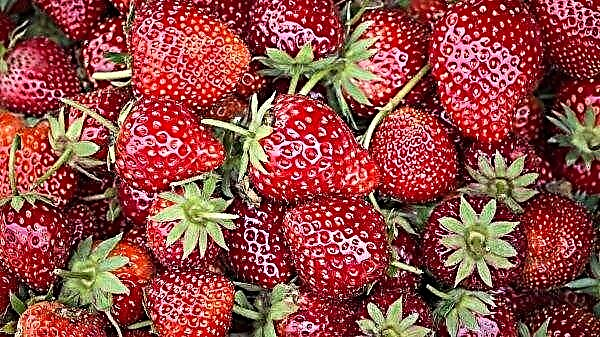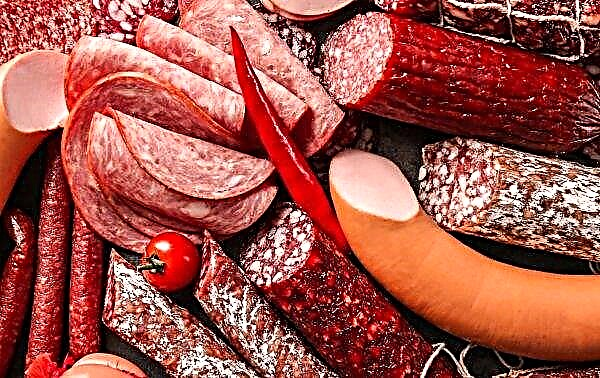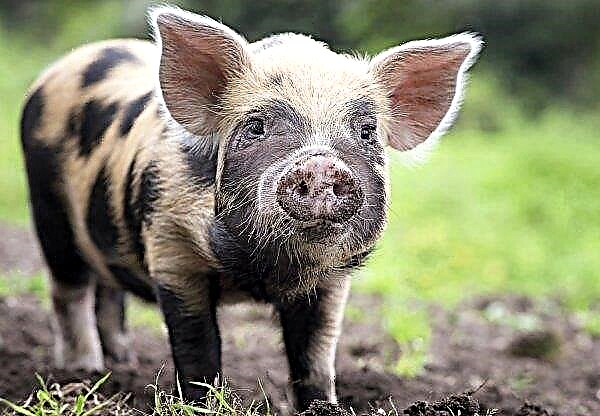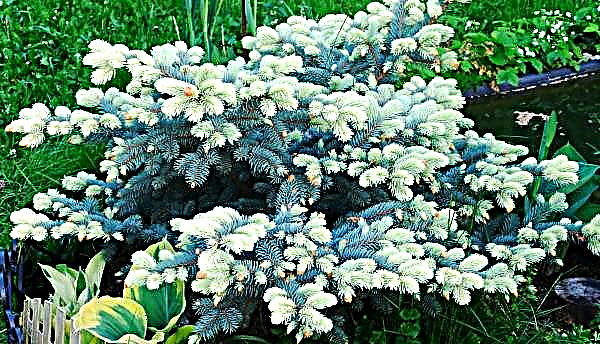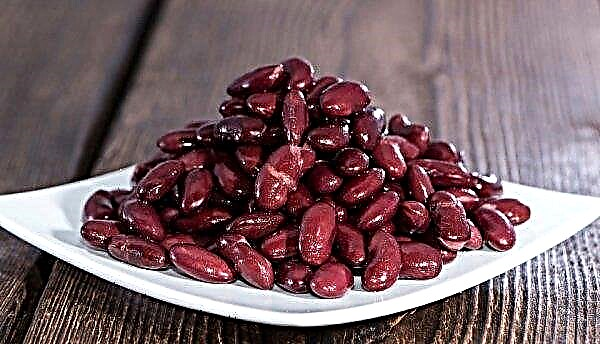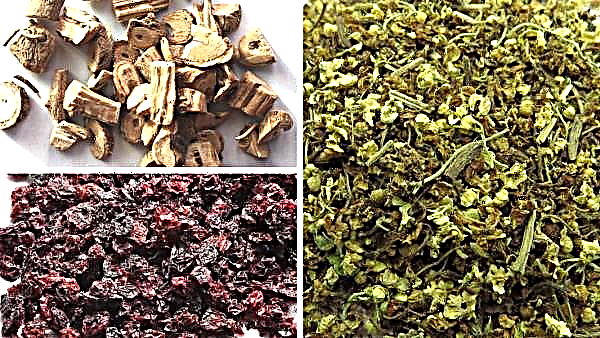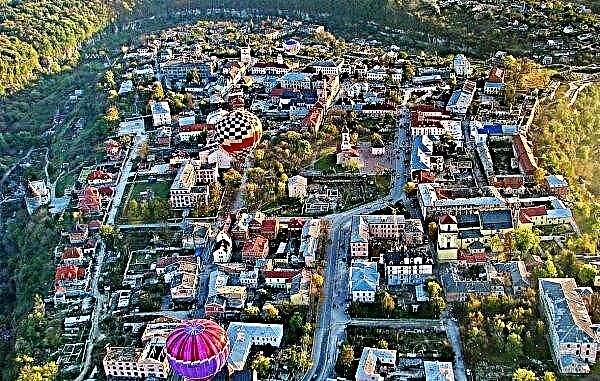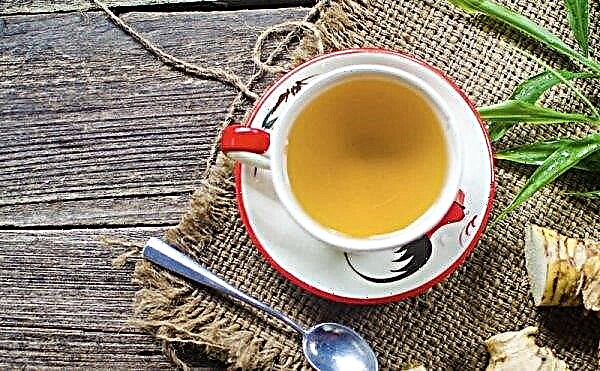Spruce Kupressin - a beautiful decorative tree that will look great in any part of the garden. Thanks to its narrow crown, the culture is ideal for owners of small plots. This article presents a botanical description, as well as photos of this species in single plantings and landscape compositions. It will also be about the rules for growing, as well as caring for the presented coniferous tree.
Grade description
Spruce Kupressina (Picea Abies Cupressina) is an evergreen coniferous tree, a type of ordinary spruce. Variety bred in Germany. Other names are known: European spruce, Norwegian spruce. It grows relatively slowly. For a year of active growth, it gives a 15-cm increase. By the age of 10, it grows to 3 m and reaches a crown diameter of 80 cm.
 The culture is a tall, densely branched decorative tree. Its distinctive feature is a narrow-conical slender crown. The shoots are straight, hard, moving away from the trunk at an acute angle.
The culture is a tall, densely branched decorative tree. Its distinctive feature is a narrow-conical slender crown. The shoots are straight, hard, moving away from the trunk at an acute angle.
Needle needles, short, slightly curved, 2.5 cm long, on the shoots are located tightly to each other. Young growth is light green. The color of the needles of an adult tree is emerald green (much brighter than other firs).
Cones are feminine, bright pink in color, 1.5 cm long, by autumn they turn red-brown and reach 10–12 cm. Cones mature and fall within one year. The plant has a shallow root system.
Did you know? It was noticed that in the spruce forest it is cooler in summer and warmer in cold weather than outside.
Examples of use in landscape design
The ordinary spruce Kupressin will look elegant and rich both in a single landing on the lawn and in combination with other crops. The tree looks great in an ensemble with herbaceous plants, as well as in tree-shrub and coniferous groups.

Below are various ideas for applying this culture in landscape design. And the recommendations of professionals will help you to design your personal plot with the help of this coniferous representative without unnecessary efforts.
Did you know? In Sweden you can find a spruce called Old Tikko. According to scientists, the tree is more than 9 thousand years old.
In solitary landings
A single planting of an evergreen conifer is recommended to be practiced in small summer cottages or in small gardens. And since the spruce does not tolerate gassed air, it is advisable to plant it in the depths of the garden. In the summer cottage, the plant will look spectacular against the background of a stone fence.

In addition, spruce can be planted between the stones. This will result in an interesting composition. The coniferous tree has a pleasant smell and is able to protect from scorching sunlight. And on New Year's holidays, a lone spruce can be decorated with a variety of holiday decorations.
Groups and compositions
Due to its unusual appearance, the Kupressin group of fir trees successfully complements itself with any place in the garden, whether it is a site by the pond, rock garden, rockery or garden path.
The coniferous representative of this variety is often used when it is necessary to isolate the vertical in the group of plants. (other coniferous, deciduous, flowering and herbaceous crops). Emerald spruce is advantageously combined with cypresses and bright red wildflowers or garden flowers. Spruce and juniper compositions are also popular.
Important! Spruce is incompatible with thuja, fruit trees and berry bushes. Planting this coniferous plant next to these crops is highly undesirable.
Landing
Cultivation of Kupressin spruce is a simple matter. Subject to the basic rules of planting, you should not have problems with this crop. And for a coniferous plant to please you with its spectacular appearance for many years, it must be provided with competent care. It is advisable to root the seedling in spring (before the start of the vegetation phase) or in autumn (before the cold weather).
Seat and Seedling Selection
The optimal requirements for the growing place are:
- the sun or a small shadow (under the sun, the crown becomes thick and dense, and in the shade it thins);
- fresh, sandy and loamy soils (need loose and slightly acidic soil);
- a constant supply of moisture (the lower the groundwater, the more magnificent the needles will be).
Kupressin spruce grows poorly in the sand and in urban environments. In addition, the culture does not tolerate dryness and salinization of the soil, as well as moisture stagnation.

Phased disembarkation
The sequence of planting a young spruce is as follows:
- Form a pit 60 cm deep and 30–40 cm in diameter at the bottom and 50–60 cm at the top.
- Prepare the soil mixture: 2 parts of leaf and turf soil, as well as 1 part of sand and the same amount of peat.
- Pour half a bucket of water into the pit.
- Gently lower the root ball into the groove.
- Align the trunk of the seedling vertically and fill it with ready-mixed soil. The recess must be filled in such a way that the surface of the soil at the landing site coincides with the surface of the rhizome.
- Finally, moisten the landing.

Care Features
It is advisable to additionally cover the planted seedling with a layer of mulch. Sprinkle with peat (5-6 cm) the area of the tree where the rhizome goes into the trunk. The procedure will increase the temperature of the earth, retain moisture in it, as well as its enrichment with useful substances. In the future, you should get rid of weeds on the site and periodically mulch the surface of the soil with sand or organics (sawdust, needles).
With a prolonged absence of rain, the ground under the Kupressin spruce needs to be regularly moistened. One procedure per week is enough. A bucket of water should be spent on one tree. Pouring it is necessary not on the trunk, but around it.
Sprinkling and spraying of the crown are also useful for this crop. They should be carried out with warm water. This method of irrigation allows you to remove dust from the needles and moisturize it.

The coniferous plant for the first 5–7 years grows rather slowly, therefore it responds well to top dressing. Use the universal Novofert tool. Make it should be dosed, according to the instructions on the package.
Important! Try not to overfeed the coniferous plant. Otherwise, the tree will stop growing at the age of about 10 years.
The tree does not need pruning. But it will not be superfluous to conduct surface and sanitary haircuts from time to time. Shelter for the winter is also not necessary, since the tree has high frost resistance (up to -34 ° C) and can withstand heavy snow loads.
Diseases and Pests
Most often, the culture is exposed to such diseases and parasites:
- Rust - mushroom-like disease that spreads throughout the plant in the spring months. The disease manifests itself with yellow bubbles. For the treatment and prevention of the appearance of the fungus, use copper-based preparations (for example, Abiga-Peak or Hom).
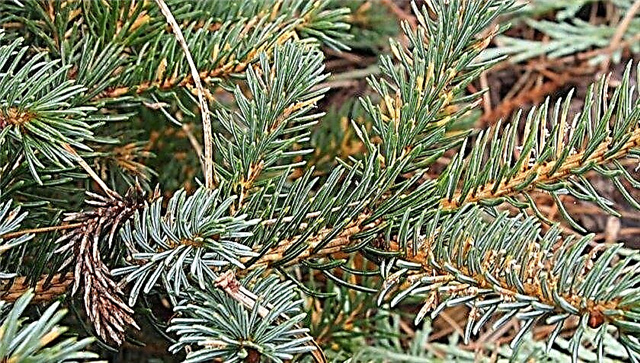
- Schütte (brown snow mold) - a disease leading to redness, browning or yellowing of needles. In advanced stages, needle drop is observed. Prevention consists in controlling the humidity (it should not be too high) and preventing the plant from being thickened. Shute is treated by pouring fungicides under the rhizome, as well as the introduction of immunostimulants and micronutrients.

- Sith spruce aphid - a small parasite that causes the formation of yellow spots on an old tree. Damage over time leads to the falling of the needles. Aphids can be removed by repeated treatment with potassium soap, infusions from peel of onion or garlic.

- Able to completely conquer needles nun butterflies. You can cope with parasites by spraying with karate, decis or bitoxibacillin.

- Spruce leaflet cobwebs the crown of the web, and its larvae eat greens. To deal with this pest should be by abundant spraying of shoots with soapy water.

Kupressin's evergreen spruce will be an excellent choice for creating decorative wood compositions. The above recommendations will help you cope with planting a seedling of this variety without any problems. And with proper care, this evergreen tree with emerald-colored needles will become an invaluable decoration of your garden.






